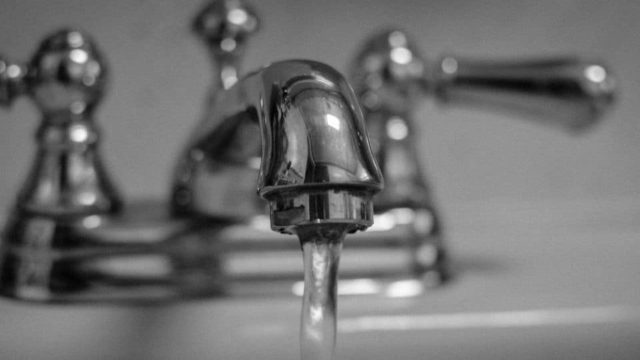Tomorrow we’re releasing our national report card on the state of Canada’s drinking water systems, Waterproof 3. In it, we give the provincial, territorial and federal governments a grade for how well they are (or aren’t) protecting our drinking water. Here’s a preview of what to expect:
The federal government is failing us
More than a decade after deadly gaps in drinking water management killed seven people in Walkerton, Ont., the federal government still hasn’t established a set of national, legally-binding standards that ensure all Canadians have equal access to safe, clean water.
Ontario, Nova Scotia, Manitoba and New Brunswick lead the pack
Thanks to strong treatment and testing requirements, as well as programs that safeguard water at its source, these four provinces are Canada’s leaders when it comes to protecting drinking water for the people who live in them.
British Columbia and Alberta continue to lag
Both provinces have unnecessarily weak standards for water testing that leave people – particularly in rural areas – at risk. This problem is exacerbated in Alberta, where heavy industrial activity like oil and gas extraction threatens the lakes and rivers that feed the province’s drinking water systems.
Trouble in the north
All of Canada’s northern territories — the Yukon, Northwest Territories and Nunavut — got low grades for not having programs that protect source water. For people who live outside of cities without access to sophisticated treatment systems, these programs are sometimes the only measure that offers any kind of drinking water protection.


